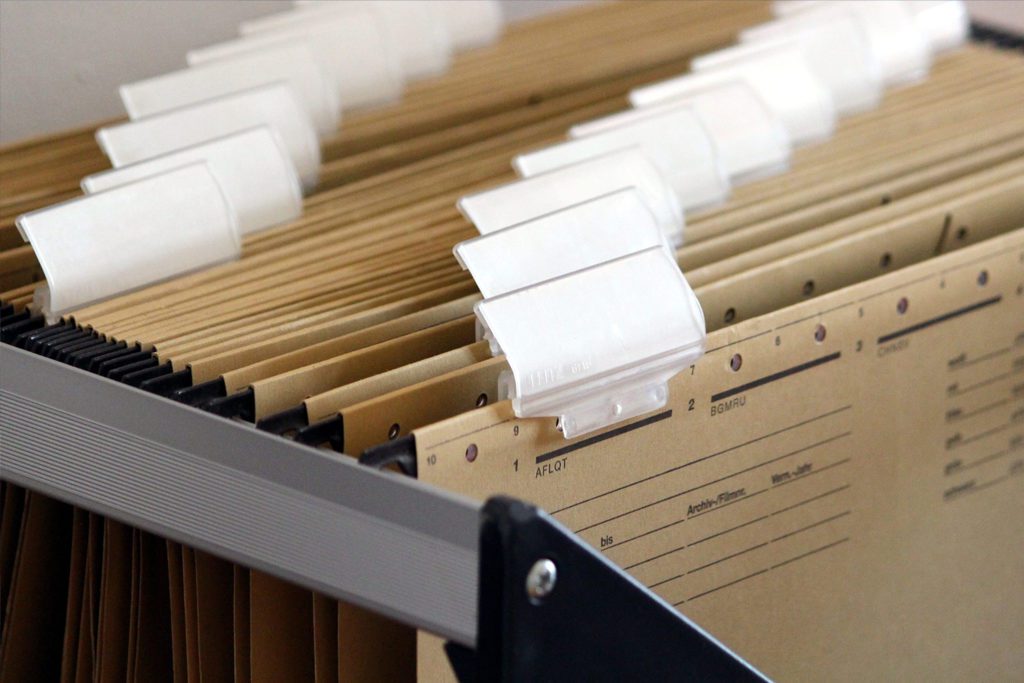Part II: What Documents Matter Most In Determining Share Value in a Buyout? An Analysis of Key Documents and Why They Matter
Reading Time: 5 minutes
Different situations can lead to a corporate buyout. As a business move, a majority shareholder may seek to buyout the minority shareholders or one company may seek to acquire a majority of another company’s shares. Buyouts may also be contractually forced under a company’s governing documents or legally forced by courts pursuant to a statute. In the context of a forced buyout, if parties cannot agree to the share value, the court may have to make a determination as to the fair value of the shares. If the court is forced to make a determination of share value, the parties must provide competent, substantial evidence on which the court can make a determination. See Tucker v. Tucker, 171 So.3d 158 (Fla. 4th DCA 2015); Dolan v. Springlight Bottled Water Corp., 656 So. 2d 211 (Fla. 3d DCA 1995).
Whether the buyout is a product of a business decision or a court order, determining share value is an obligatory step precedent to the buyout. You must not only consider the company’s current financial situation, but also its financial history and future financial potential. This post is the second in a series of three posts that aim to provide an overview of the most important documents for evaluating an entity’s financial past, present, and future.
This post, Part 2, will provide an overview of the most important documents for evaluating a company’s current financial status in preparation for determining the company’s share value in a buyout.
Why is a Company’s Current Financial Status Relevant to Determining Share Value in a Buyout?
To understand a company’s current financial status, you will need to know how much the company has in relation to how much it owes. Conducting an analysis of the company’s current assets and liabilities will provide an overview of the company’s general financial status.
In a general sense, the company’s assets will represent how much value the company owns. The company’s liabilities, on the other hand, represent the company’s debts or how much the company owes to others. A company with a significant amount of assets may sound like a valuable company; however, the company may also have a significant amount of liabilities that lessen its overall worth. Therefore, requesting documents that contain information with respect to both a company’s current assets and liabilities will provide a more accurate depiction of how valuable the company actually is.
What Are the Most Important Documents for Evaluating a Company’s Current Financial Status?
Because assets and liabilities are integral in analyzing a company’s current financial status, many of the documents that will allow you to conduct such an analysis are evidence of the assets and liabilities themselves. To analyze a company’s assets and liabilities, you should request the following documents:
- Aged accounts receivable lists nearest the valuation date with management’s opinion as to the collectability of each account
- Aged accounts payable lists nearest the valuation date
- List of marketable securities and prepaid expenses nearest the valuation date
- List of notes payable outstanding as of the valuation date, including lender, original amount, interest rate, term, and covenants
- Details of all software owned by the company as of the valuation date, including dates and details of all time and amounts spent to purchase and/or develop
- Details of any intellectual property owned by the company as of the valuation date, including dates and details of all time and amounts spent to purchase and/or develop
- Schedule of insurance in force at the valuation date, such as key person life, property and casualty, and liability insurance
- List of subsidiaries and/or financial interests in other companies as of the valuation date
- Copies of partnership agreements, operating agreements, or any other contracts or agreements restricting or defining owner rights and responsibilities, in effect at the valuation date
- A list of all shareholders or partners and their respective stock or other ownership interests as of the valuation date (listed by class if more than one class of stock exists)
- List of locations where the company operates and any real estate owned, with size and recent appraisals
- Organization chart of entities and employees under the company’s control
- Trade associations to which the company belongs or would be eligible for membership
- Any indicators of asset values as of the valuation date, including latest property tax assessments and any appraisals that have been performed
- Name and contact information of a company representative for the purpose of coordinating a site visit and meeting to discuss the Company’s operations
Why Are These Documents Important for Determining Share Value in a Buyout?
These documents provide an extensive overview of the company’s assets and liabilities. As discussed above, documentation of a company’s assets, including, but not limited to, accounts receivable and lists of equipment, software, and intellectual property owned, will reveal the gross wealth of the company. On the other hand, documentation of liabilities, such as contractual obligations, accounts payable, and notes payable, will depict how much the company owes to others. Requesting documents that establish both the company’s assets and liabilities will allow you to make a more accurate determination when it comes to share value in a buyout.
What’s Next?
Parts 1 and 2 of this series have provided an overview of the documents most important to determining share value in a buyout with respect to a company’s historical and current financial status. Continue on to Part 3 to learn about the documents that are most important for understanding a company’s future financial potential in relation to determining share value in a buyout.


